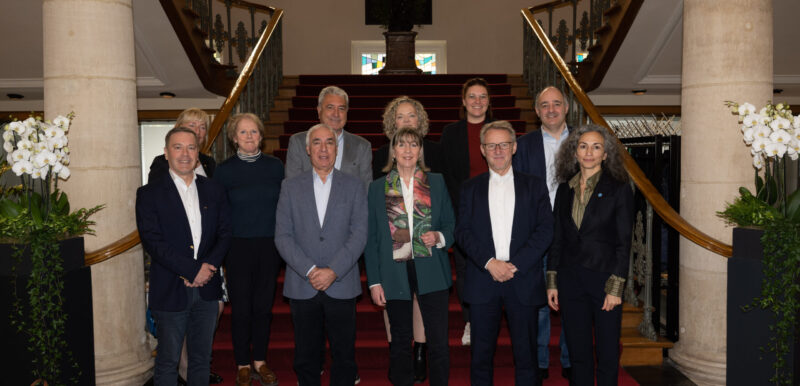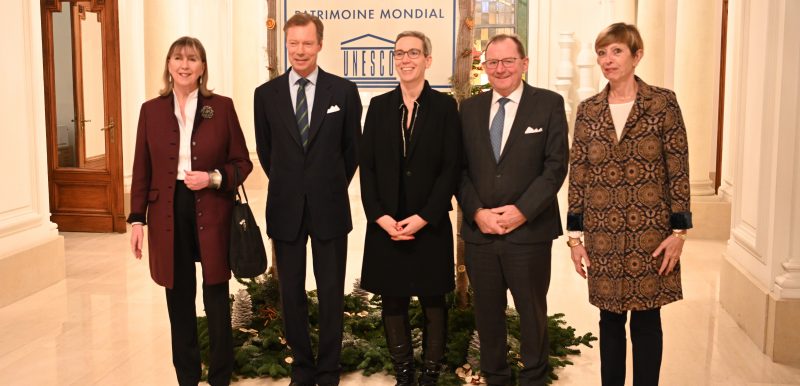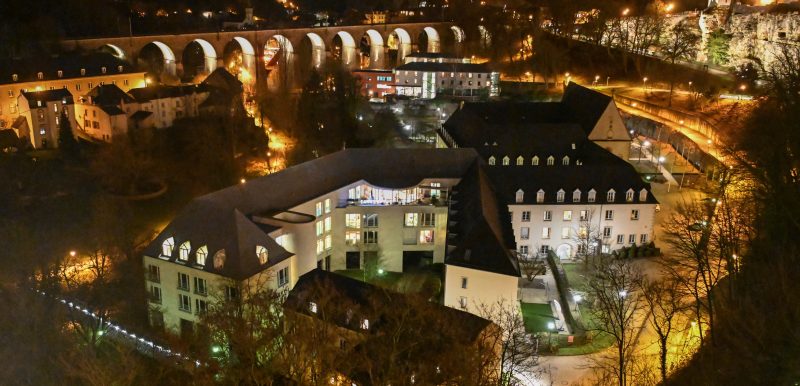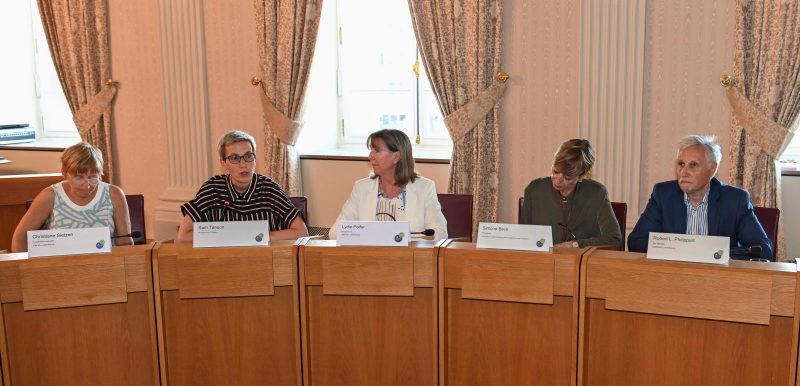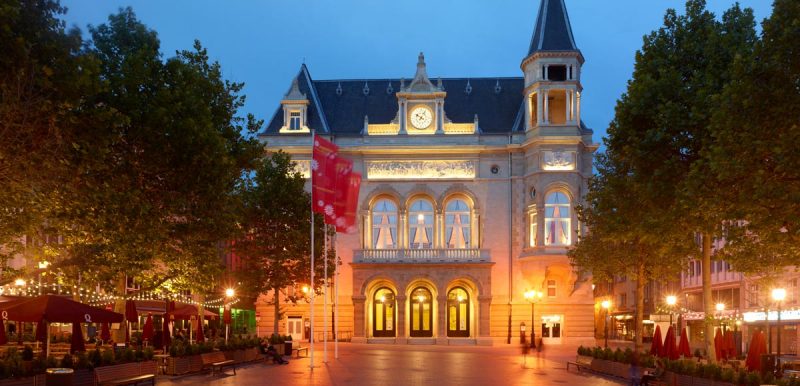Luxembourg, Luxembourg
General Information
Regional secretariat
Administrative status
Capital of the Grand Duchy of Luxembourg
City of Luxembourg: its Old Quarters and Fortifications
Registration Year
1994
Historical function
Military
Location and site
The city of Luxembourg is located in the central southern part of the country of the same name, not far from the Belgian, German and French borders. It is crossed by the Pétrusse and Alzette rivers, which meander around its principal promontories, the Rocher du Bock and the Plateau du Rham.
Urban morphology
The site includes the upper city and the lower city which developed around the deep valley of the Alzette and Pétrusse rivers. The Chemin de la Corniche follows the edge of the escarpment, overlooking the meandering river that dictated the layout of adjacent roads. Bridges and viaducts straddle the valley, linking different parts of the city. The network of roads, which was influenced by military planning, has been preserved. Numerous views may be enjoyed from the valley and the upper parts of the city.
Within this uniform urban ensemble, the military architecture which remains – bastions, towers, barracks, forts, and vestiges of locks – still evokes the force of the site over the course of its history. Linked to the natural landscape, the rich architectural panorama of Luxembourg is dominated by the 17th-century Church of St-Michel and the spires of the 17th-century cathedral of late Gothic expression. On the Chemin de la Corniche, as in the valley, the houses line the curve of the river.
Registration criteria
Criterion (iv): The City of Luxembourg played a significant role in European history for several centuries. It preserves major remains of its impressive fortifications and its old quarters, in an exceptional natural setting.
Historical reference
- A castle stronghold erected by the Count Sigefroid on the Rocher du Bock dates to the origin of the city in 963. In the later years of the Roman Empire (late 4th century and early 5th century), a fortification occupied this same site, which was close to the intersection of two Roman roads.
- Urban expansion necessitated the construction of a second fortification wall at the end of the 12th century. A third wall, known as the Wenceslas Wall, was erected in the 15th century to integrate the Plateau du Rham and, in the lower town, the Grund quarter.
- The fortress of Luxembourg was coveted. After it was incorporated into the Circle of Burgundy of Charles-Quint during the 16th century, the country was involved in conflicts involving, among others, the House of Burgundy, the House of Habsburg, Napoleon III and Bismark’s Prussia.
- Under its foreign rulers, the defense system of the city was reinforced and developed in four stages. The Spanish (1671-1684), the French under the direction of Vauban (1684-1697), the Austrians (1715-1795), and the Prussian garrison as part of the German Confederation (1815-1867) participated in the creation of this fortified ensemble.
- In 1867, the signing of the Treaty of London led to the stipulation that the Grand Duchy would remain neutral in perpetuity. Shortly afterwards, the fortress was evacuated and the defense system was for the most part dismantled. The extent of the fortifications had reached 180 hectares, and the city was 120 hectares in area.
Source: https://whc.unesco.org/en/list/699/
Expertise
The Ministry of Culture and the Ministry of Foreign and European Affairs, in cooperation with the City of Luxembourg, have produced a film, accessible via the link below, about the management of “Luxembourg, old quarters and fortifications” as a historic urban landscape.
This project illustrates the challenges and cooperation between stakeholders.
https://vimeo.com/user/65185589/folder/19925094?isPrivate=false
Photos
News
20 December 2019
New illuminations of Luxembourg’s fortifications switched on
Luxembourg, Luxembourg
25 July 2019
25 Years World Heritage Luxembourg
Luxembourg, Luxembourg
Northwest Europe and North America
Contact

Mme Lydie Polfer
Bourgmestre
Ville de Luxembourg
42, place Guillaume II
Luxembourg, Grand Duché du Luxembourg
L-2090
+352 4796 - 2674
[email protected]
Mme Shaaf Milani-Nia
Architecte-directeur
Service de l’urbanisme et du développement urbain - Ville de Luxembourg
3, rue du Laboratoire
Luxembourg, Luxembourg
L-1911
+352 4796 - 2902
[email protected]



